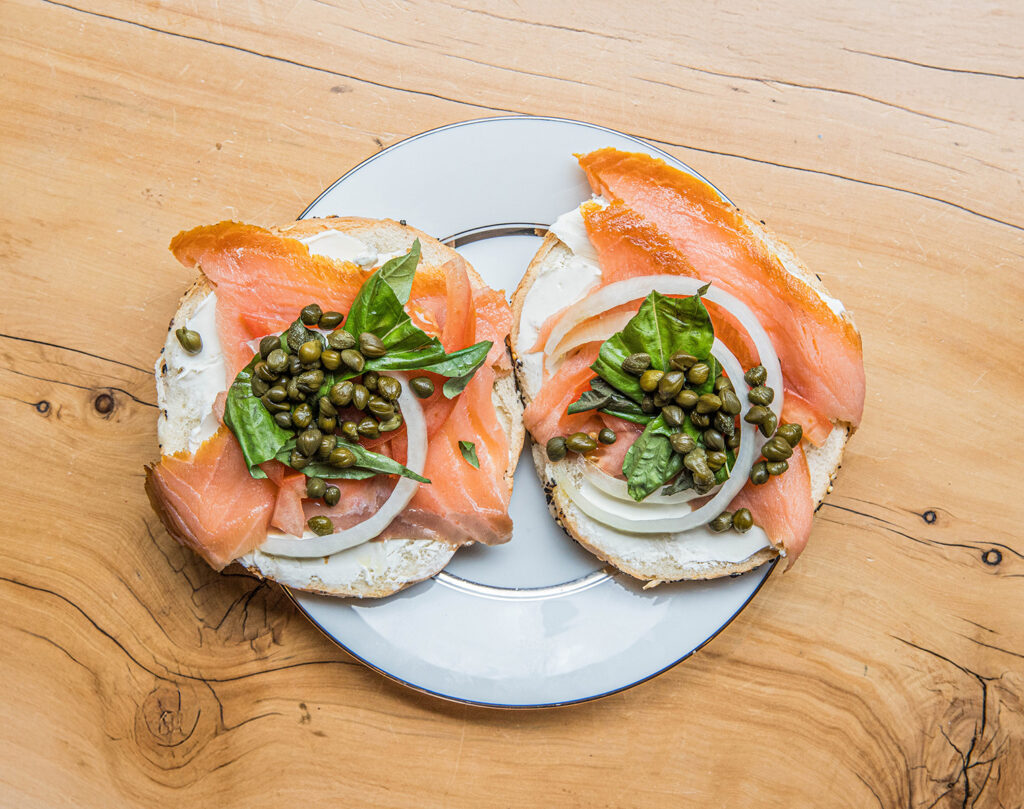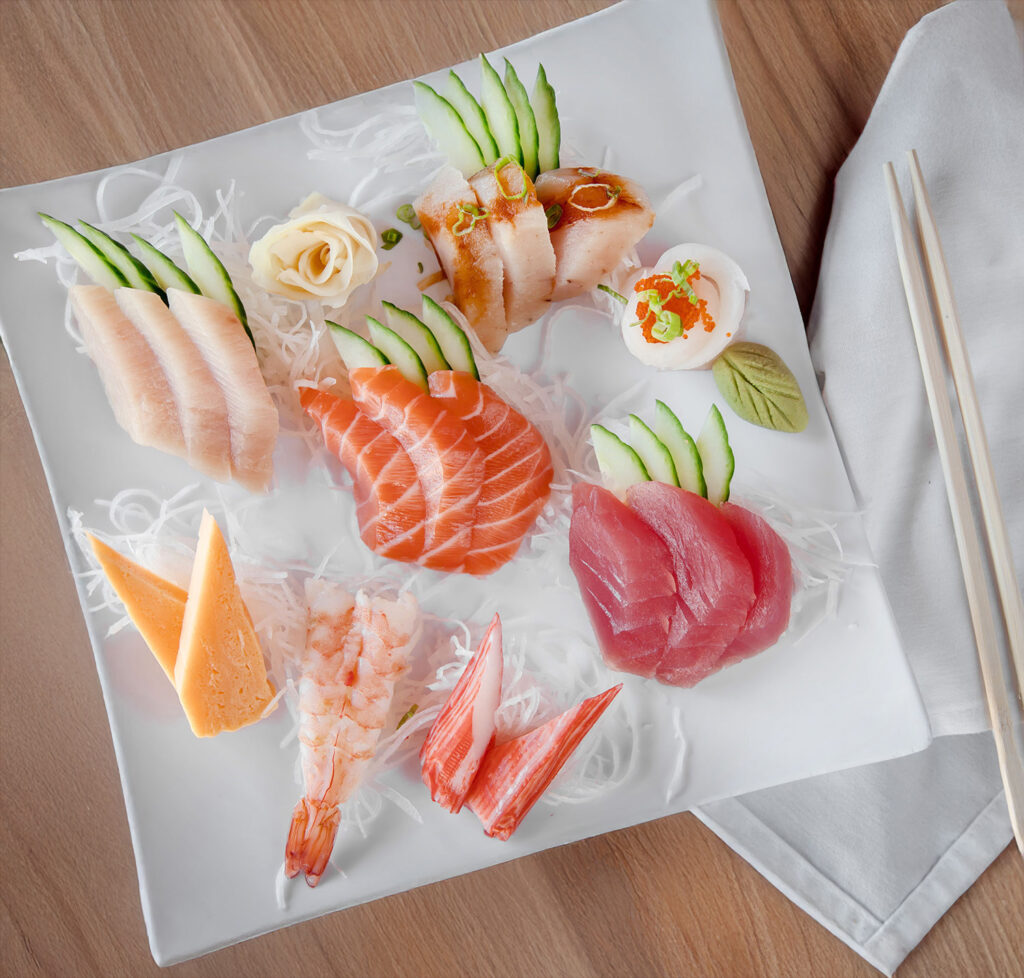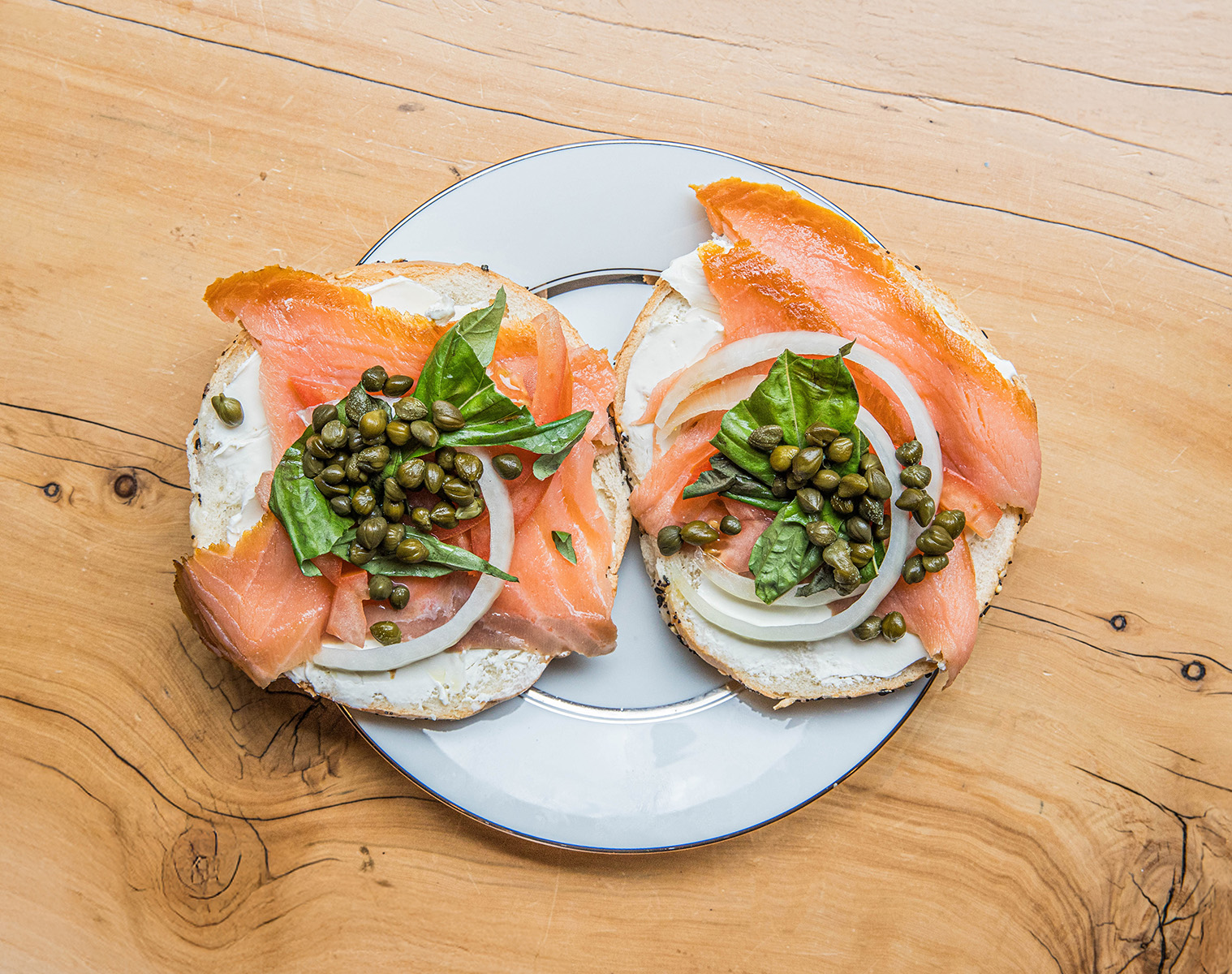The secret ingredient to irresistible restaurant photography is texture. In the competitive world of restaurant marketing, mouthwatering food photography can make or break your first impression. And one of the most underrated, but absolutely essential, elements in professional restaurant photography is texture. Textures can take your food photography from good to great. In this post from my Restaurant Photography Must-Haves series, I’ll explain how using an assortment of textures can bring depth, contrast, and mouthwatering appeal to your photos.
When photographing food for your restaurant menu, focusing on texture is just as important as the colors or shapes of the dishes. The textures of your ingredients — from crispy fried chicken to smooth and creamy sauces — can add a tactile dimension to your images, making your food look as delicious as it tastes. Bonus points if you can capture smoke or steam, because that stands out in photographs and is a feast for the senses. A variety of textures can help differentiate between food items and elevate the overall visual appeal.

Why an Assortment of Textures is Key in Restaurant Photography
- Highlights the Food’s Appeal: Textures can trigger sensory cues for the viewer, giving them a feeling of how the food might feel or taste. The contrast between a crispy crust and a creamy filling, for example, makes the food seem more inviting and satisfying.
- Creates Depth and Dimension: A variety of textures helps add depth and dimension to the composition. It prevents your photos from looking flat and gives them a more three-dimensional feel, making the food look real and tangible.
- Conveys Freshness and Quality: Texture in food photography does more than add visual interest — it sends powerful signals about flavor, freshness, and quality. For example, the glisten of fresh, in-season fruit and the delicate layers of a flaky pastry instantly suggest ripeness and craftsmanship. Even the crisp, golden edges of a just-toasted sandwich or the extended “pull” of the melted cheese on a slice of pizza can evoke a sense of warmth and satisfaction. These visual cues signal quality to your audience and invite viewers to imagine the experience of every bite.

How to Incorporate an Assortment of Textures in Your Restaurant Food Photography
✔ Highlight Distinct Textures: Fresh produce provides a variety of visually engaging textures — from the iconic ruffled edges of kale leaves to the layered petals of an artichoke. Don’t be afraid to flip ingredients over; for instance, the gills of a mushroom cap often reveal more visual interest than the top.
✔ Capture Details with Close-ups: Zoom in on the fine textures that set each dish apart. When shooting close-ups, focus on the fine textures that make a dish unique. This level of detail often calls for a professional with a special macro lens to ensure sharpness and depth.
✔ Use Garnishes Thoughtfully: Garnishes like fresh herbs or crunchy seeds can elevate the visual texture of a dish that might otherwise appear flat. However, it’s important to coordinate with the chef so that the food you photograph matches what guests receive. Over-styling can create unrealistic expectations and lead to diner disappointment.
Let Texture Tell the Story of your Restaurant Photography
An assortment of textures is essential in restaurant food photography — it brings your dishes to life in ways that color and shape alone cannot. By showcasing a variety of textures, your images gain depth, contrast, and an irresistible appeal that makes food look as good as it tastes.
Ready to highlight the texture in your restaurant’s dishes?
I can capture the textures that turn your photos into a sensory feast…
Thoughout this series of the Restaurant Photography Must-Haves, I have shared practical tips for capturing crave-worthy food images that help restaurants attract and retain customers. Designed to help restaurant owners showcase their food in a way that’s both visually appealing and true to the dining experience, each post highlights key visual elements that make restaurant photography more effective. The series includes topics ranging from storytelling and signature dishes to incorporating individual elements of art to elevate the photography, such as color, shapes, and texture in this post.
In case you’re new to this series, you can jump back to Part One: Must-Have Shots for Restaurant Photography here.

leave a comment